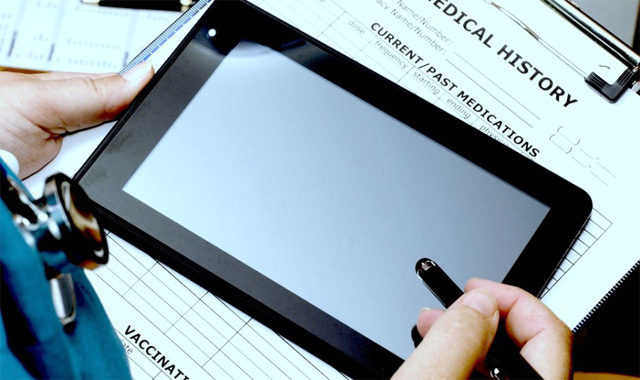How Telehealth Services are Changing Health Care
Photo by Tima Miroshnichenko from Pexels
There has been an upsurge in the remote provision of digital healthcare services, consultation, diagnosis, and treatment of patients. It has been made possible through video calls, phone calls, video conferencing, email chats, and sharing images such as CT scans on mobile applications such as WhatsApp, Telegram, and other platforms. Since the onset of the COVID19 pandemic, its rate and mode of transmission, and its progress, to date, has seen a rise in real-time healthcare provision for patients who can’t leave the house to visit a doctor. The number of non-critically ill patients who opt not to visit hospitals, health centers, and physicians physically has also risen since the onset of COVID19. Instead, these patients choose to consult their cardiologists, dermatologists, ENT specialists, and other physicians using electronic communication devices and the internet. According to Maryville University, 88% of physicians argue that telemedicine improves patient outcomes.
-
Increased Privacy and Patient Urgent Concerns Promptly Addressed
Today, telemedicine has enabled patients to get the medical assistance that they need when they need it, wherever they are, sparing them the hustle of traveling to the Physician’s office. In case of arising health concerns in taking their medication, they can always make a video call and urgently share the problem with the respective physician instead of booking another appointment, which would mean a longer wait time.
Patients who don’t want to be seen at a health center or those afraid of contracting hospital-acquired ailments on many occasions opt for telehealth services. These patients go for this option because this system gives them the sense of improved privacy from the comfort of their homes instead of physically visiting a medical care center and their private medical documents being handled by third parties.
-
Improved access to Physicians
Recent studies revealed that it is becoming increasingly difficult to access physicians specialists for specific conditions in the United States. There is a perception of physician shortage caused by the lengthy process it takes to schedule an appointment with a physician. In reality, some specific areas, like rural areas in the United States, have an actual shortage of physicians. In fact, according to the Association of American Medical Colleges, the United States of America will have a deficit of up to 120,000 physicians by the year 2030 due to the projected population growth and the rising percentage of senior citizens who will be dependent on more medical doctors. Though not entirely, this situation will partly be addressed by the remote delivery of health care services since this will reduce the time taken to schedule appointments and travel physically to the doctor’s location. Virtual health provision has also improved access to health care in rural areas.
-
Improved Diagnosis Rate and Time
Sharing lab results and demographic data between various healthcare providers electronically has enabled healthcare providers to have faster access to medical data that would otherwise have taken more time to piece together to come up with a medical diagnosis. These have enabled healthcare providers to provide high-quality and laudable medical care in time, thus saving many lives.
Healthcare providers also use remote patient monitoring devices such as blood pressure cuffs and smart-watches to monitor their patients with chronic conditions remotely. These readings assist the doctors in determining the accurate medical intervention for a specific patient.
-
Improved Patient and Healthcare Provider Education
Patient and medical center workers’ needs for continuous education, CMEs (Continuous Medical Education), and specialized training have greatly been enhanced by the virtual dissemination of this crucial service component. The patients with chronic illnesses can now also be aptly instructed remotely on how to self-manage these diseases. These patients also become more open and actively engaged on matters affecting their health with their care providers.
Virtual or remote consultation, medical education, remote patient monitoring, and real-time access have led to the decongestion of hospitals. To a greater extent, this has led to improved health outcomes through improved convenience, improved patient access, reduced medical costs, and enhanced patient care. Patient data collection and sharing between different healthcare providers has enabled instant healthcare provision and a holistic approach to patient care, which saves time.










































